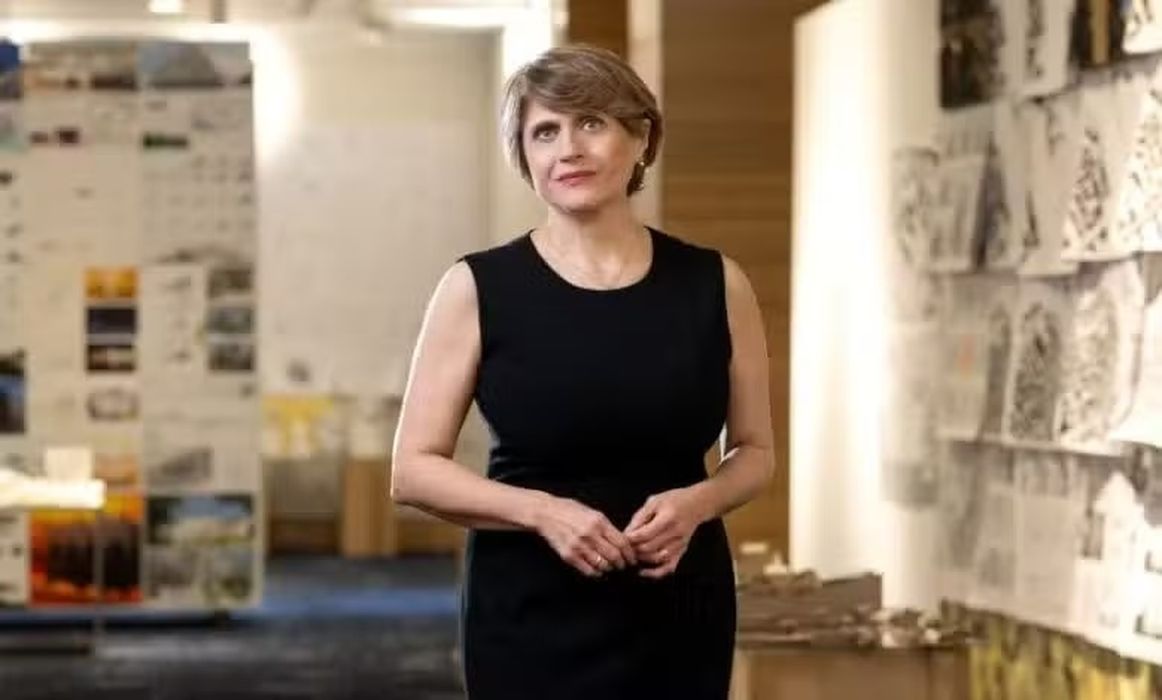
Led by Professor Shadi Nazarian, the research aims to provide affordable, sustainable, and resilient housing in rural Alaska.
According to the University of Texas at Arlington (UTA), architecture Professor Shadi Nazarian and an interdisciplinary team of researchers are exploring the viability of 3D printing homes in rural Alaska, using a mix of cork and concrete, to provide affordable, sustainable, and resilient housing.
The mix of cork and concrete, a unique approach tailored for the frozen grounds in Alaska, makes the structure lightweight and provides excellent insulation. Such innovation will allow the homes to be built quickly and reduce material and labor costs. Nazarian’s eventual goal is to develop seamless transitional material that can print at a large scale.
“Part of the goal is to think about how to build quickly and well enough for people to be safe and healthy, as the number of people living on Earth will dramatically increase in the next 20 years,” said Shadi Nazarian, the inaugural H. Ralph Hawkins, FAIA, Chair in Architecture, at UTA. “Advancing construction technology and developing 3D printing is a necessity because it enables us to achieve the goals of providing housing much faster, safer, and stronger.”
This technology could eventually address affordable housing issues in the Dallas-Fort Worth Metroplex, where housing prices continue to rise.
The Alaska project started at the behest of Xtreme Habitat Institute (XHI), an Alaska-based nonprofit corporation that approached Nazarian and her team after their successful participation in the NASA 3D Printed Habitat Challenge Competition. The competition’s goals were to catalyze the adoption of additive construction technology and develop deployable printing systems that utilized indigenous materials.
Nazarian’s team won many awards and was the only one in the final stage of the competition with an all-university roster of faculty and students. They created the world’s first fully enclosed 3D printed concrete structure without relying on any support structure or formwork during construction.
The Alaska project is funded, in part, by a $1.6 million matching grant program supported by the US Department of Housing and Urban Development, the Denali Commission, the Alaska Housing Finance Corporation, and the Rasmuson Foundation. Some of these funds were issued to the remote city of Nome, Alaska, which commissioned XHI to conduct research, testing, and the demonstration of 3D concrete printing technologies.
Read the rest of this story at VoxelMatters
